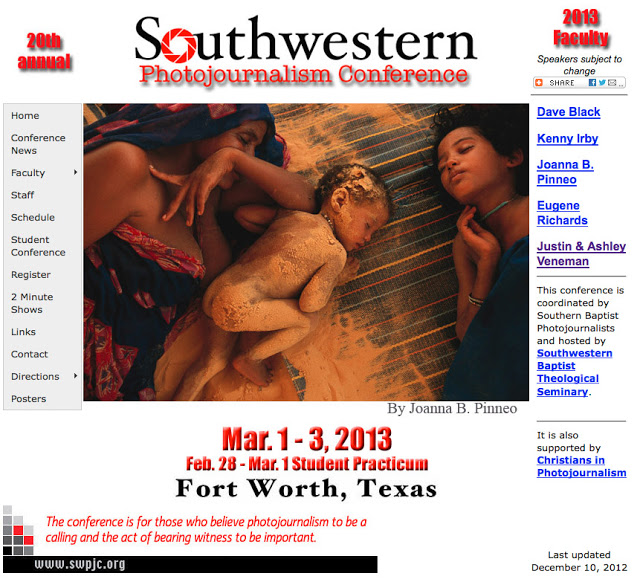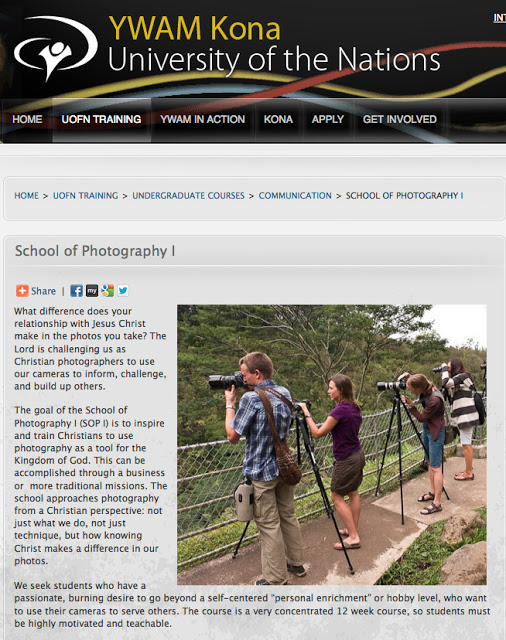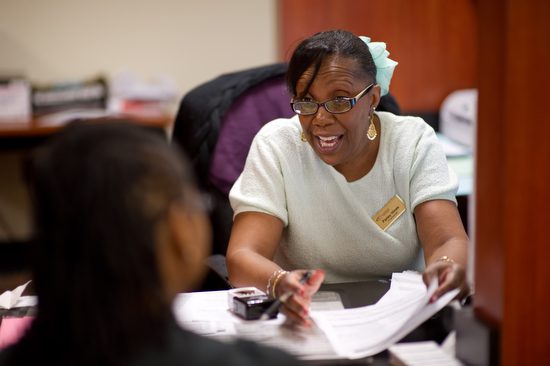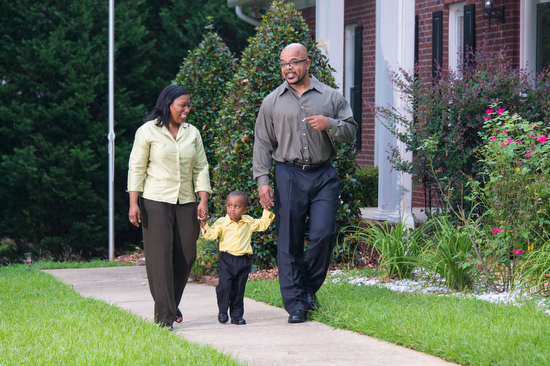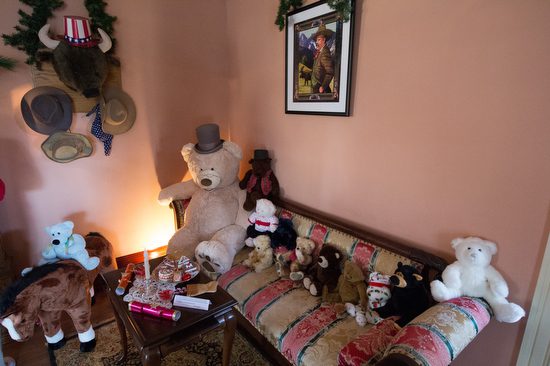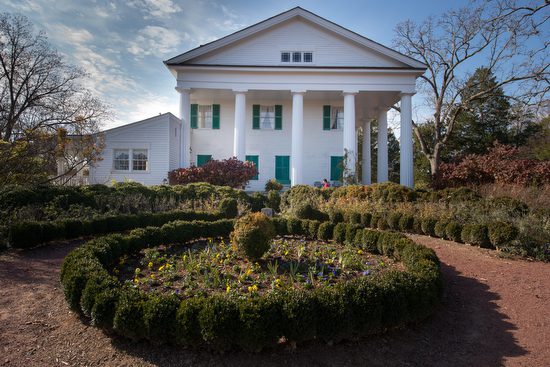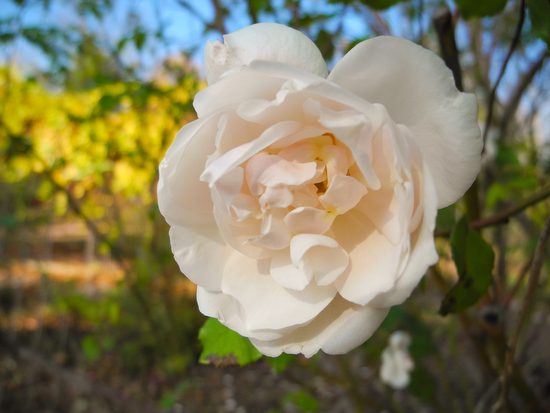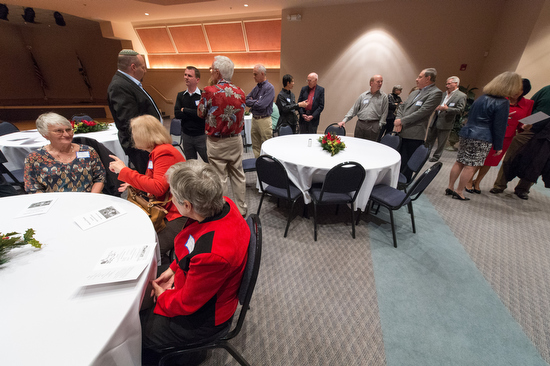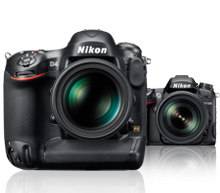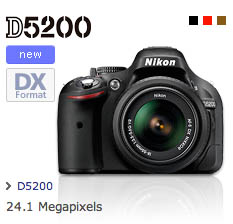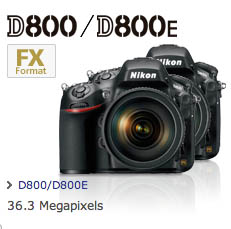Studio Musicians
Professional artists are rarely satisfied with what they have produced. Ask a professional musician what of their work they feel like is just perfect for them and you will most likely hear nothing.
Pam Goldsmith is an emeritus winner of the ‘most valuable player’ award from the national academy of recording arts and sciences. Her viola playing has been heard on countless records, films and television shows. She is vice president of the American viola society and she also plays the viola d’amore. Her articles on the application of scholarly research to performance style have appeared in many journals.
Our family knows Pam because she was my brother-in-laws partner for more than 20 years. This spring our family is going to visit Pam. Our daughter is looking forward to her first time meeting Pam and playing her viola for Pam.
The last time I was in LA I had dinner with Pam. This is when Pam shared how she was talking with her friends in the viola society and asking when was the last time they played something they liked. They all said they cannot think of one time.
Pam was listening to a piece of music on the radio and liked how the violist sounded. While listening she then heard a part of the music that gave it away–she was listening to herself. She said this was the first time she liked her work. It was by accident.
I could related to Pam’s comments as a photographer.
Portrait Photographers
Imagine being a school portrait photographer and trying to remain creative. Your photos all need to be similar so there is uniformity in the yearbook. To increase their sales these school photographers have been offering variations in addition to the traditional photo. They now have costumes and props to help increase sales.
I am pretty sure that the initial reason for the offering came from a photographer feeling bored and looked for something to offer to keep their own sanity. They came up with some variations and then the sales went up.
For most of these photographers they send out order forms where the subjects must select what they want before they even are photographed. This helps the photographers stay on schedule. It will not take long before you realize that there is very little room for different treatments.
Common Thread
What does the professional studio musician have in common with the professional studio photographer?
The musician and the photographer are both asked to do something that has been done to death.
The very best portrait photographers and musicians in the world are paid a great deal more than the rest of the musicians and photographers. Why is there such a disparity between the studio musician playing on all the recordings for TV, movies and radio? Why are some portrait photographers being paid insanely amounts of money for head shots and the rest of photographers are scrapping by?
Maybe the creativity edge is in the execution of the mundane rather than the unique.
I am an amateur trumpet player. I played in school and college in many different groups. All of these musicians enjoyed recordings of the musicians at the top of the profession. One of the groups many enjoy hearing in person is the White House United States Marine Band.
The band is known for impeccable execution of music.
Excellence is Execution and not Exploitation
 |
| photo by: Don Rutledge |
My dear friend Don Rutledge’s photos make you always feel like the fly on the wall and you never feel like you are invading a personal space when you were not invited.
Take this photo of the young girl reading a book with the cats next to her. As you can tell she is awake and most likely aware of Don’s presence. You feel like you have been allowed by the subject into her personal space like a close friend.
Many photographer I see today go after the picture rather than the story. If they get right into you face and do so maybe when you are sleeping you can sense the lack of honor dignity and respect.
 |
| photo by: Don Rutledge |
Don’s photos are not graphic gimmicks to pull you into the photo. They are straight forward and due to this approach the moments are so much more real and inviting to the viewer to join in the moment.
 |
| photo by: Don Rutledge |
My favorite photo of all time by Don Rutledge is the Eskimo family in Alaska. You see the family as real people that even in the midst of extreme poverty you are not looking down on these people. You are enjoying a warm loving moment with a mother and her children welcoming guests to their home.
Think about it for a while, can you name just one other photo of an impoverished family where the honor, dignity and respect paid by the photographer has you enjoying them like this? I find it so hard to think of any photos ever like this. I know they must, but they are rare.
Too many photographers are telling their stories and not the subjects. Let me show you how poor they are so you will feel sorry for them.
There is a powerful story where Jesus saw a widow give a mite at the temple for her offering. Jesus celebrated the giving not the poverty. I think Don’s photos are as powerful as Jesus telling stories to teach us about the love of God.
Tips to remain creative
- Who are the photos for? Are they for the photographer or the client? Keep your focus first on meeting your objective and be sure it isn’t focused on you.
- Treat all your subjects with honor, dignity and respect–don’t exploit them
- While you need to try new things to see what will help you tell stories better–be sure they are not just gimmicks. To make this photo will I be grabbing a fantastic graphic image at the expense of the subjects.
- Shoot everything you do in a way that the people will want to invite you back. Be sure not just how you act while you are there is kind, but how the photos are used will be just as kind and respectful.
- Spend your efforts in executing flawless technical, aesthetic and moments which help tell the subjects story in the most accurate and truthful way.
- Be careful not to take the idiosyncrasies of a subject to make your photos stronger.
You will be surprised that doing the small things well takes a lot of creativity. I think it takes more creativity to approach each job with the same enthusiasm you did when you first picked up the camera. While you may have done over a 100 portraits in a day, the person in front of you will be their first and only experience with you. Make this moment with them special as it was for you with the first person.


